According to the European Space Agency (ESA), the asteroid, which is about 70 cm in size, was discovered about 12 hours before it appeared in the sky. This asteroid entered the atmosphere at 1:15 a.m. on November 4 (local time).
"Thanks to observations from astronomers around the world , our warning system was able to predict this impact with an accuracy of +/- 10 seconds," ESA said in a statement.
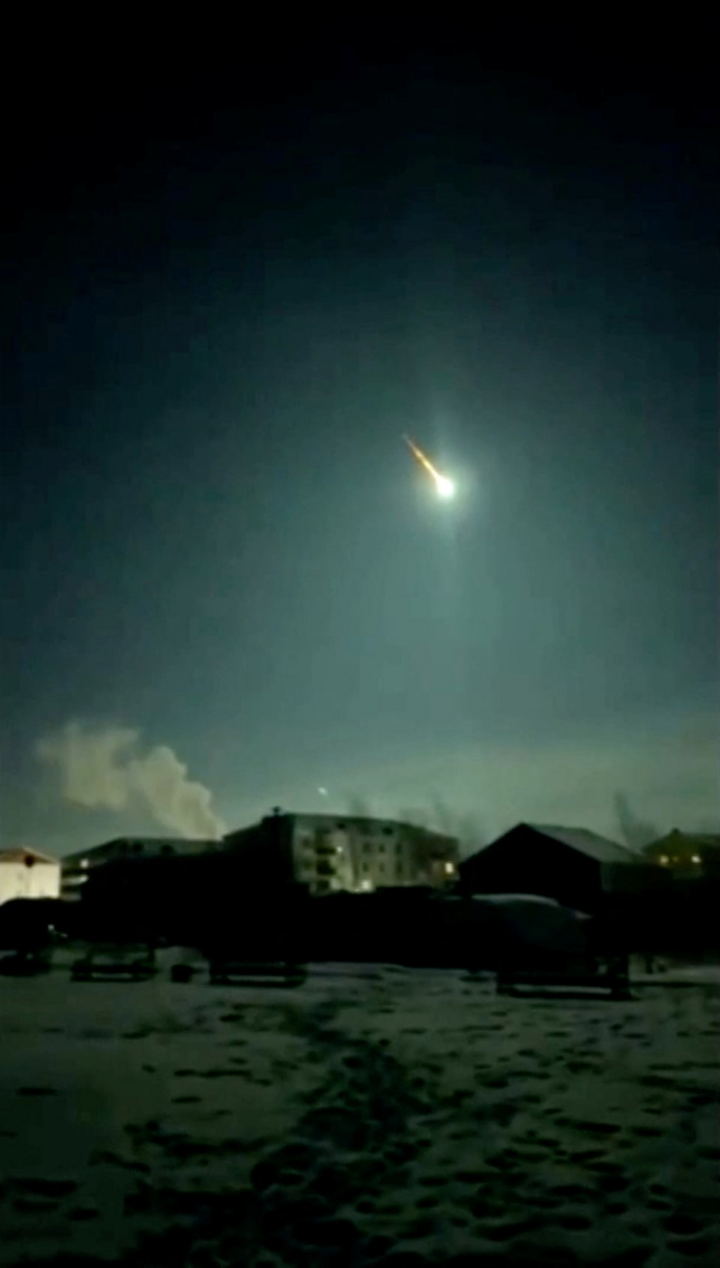
Asteroid lights up the sky over Yakutia, Russia's far east. (Photo: Reuters)
The Yakutia emergency services said the region was put on alert as the asteroid approached, but no damage was reported after it fell.
"Residents in the Olekminsk and Lensk districts may observe a comet-like tail and a flash of lightning during the night," the agency said.
"The asteroid is small, but visible from hundreds of kilometres away and will be quite spectacular," said astronomer Alan Fitzsimmons of Queen's University in Belfast, Northern Ireland.
Asteroids are rocky bodies that orbit the Sun, have no atmosphere, and are too small to be called planets.
Near-Earth asteroids are celestial bodies that are less than 44 million kilometers from Earth's orbit. NASA estimates that there are more than 1,100,000 asteroids in the solar system, including nearly 35,000 near-Earth asteroids. Most asteroids range in size from 10 meters to 529 kilometers.
With technological advances in tracking and studying asteroids, international space agencies are increasingly perfecting their ability to protect Earth from potential threats from space. This is an important contribution to preparing for future emergencies, should any object actually threaten Earth.
According to NASA scientists , Earth will not face any danger from an asteroid collision that threatens human existence for at least the next 100 years.
Source


![[Photo] Prime Minister Pham Minh Chinh chairs meeting on nuclear power plant construction](https://vphoto.vietnam.vn/thumb/1200x675/vietnam/resource/IMAGE/2025/10/22/1761137852450_dsc-9299-jpg.webp)
![[Photo] Da Nang: Shock forces protect people's lives and property from natural disasters](https://vphoto.vietnam.vn/thumb/1200x675/vietnam/resource/IMAGE/2025/10/22/1761145662726_ndo_tr_z7144555003331-7912dd3d47479764c3df11043a705f22-3095-jpg.webp)

![[Photo] General Secretary To Lam and his wife begin their official visit to Bulgaria](https://vphoto.vietnam.vn/thumb/1200x675/vietnam/resource/IMAGE/2025/10/23/1761174468226_tbtpn5-jpg.webp)
![[Photo] Comrade Nguyen Duy Ngoc visited and worked at SITRA Innovation Fund and ICEYE Space Technology Company](https://vphoto.vietnam.vn/thumb/1200x675/vietnam/resource/IMAGE/2025/10/23/1761174470916_dcngoc1-jpg.webp)
![[Photo] Award Ceremony of the Political Contest on Protecting the Party's Ideological Foundation](https://vphoto.vietnam.vn/thumb/1200x675/vietnam/resource/IMAGE/2025/10/22/1761151665557_giaia-jpg.webp)


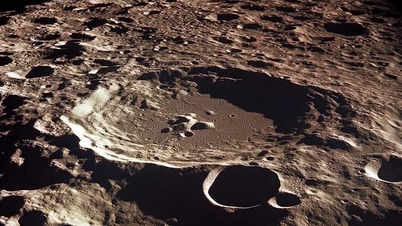


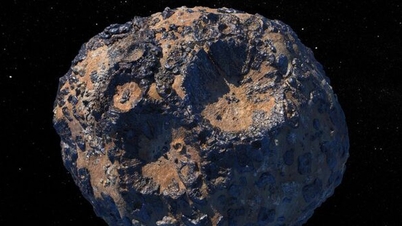


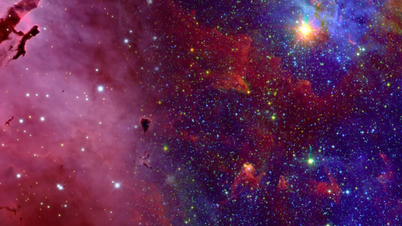

























































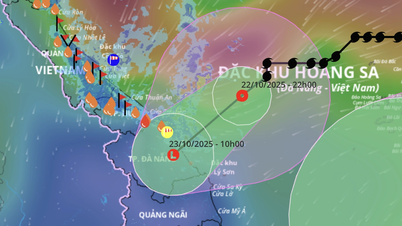











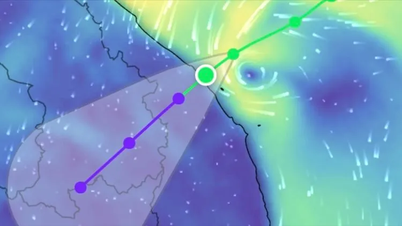

























Comment (0)